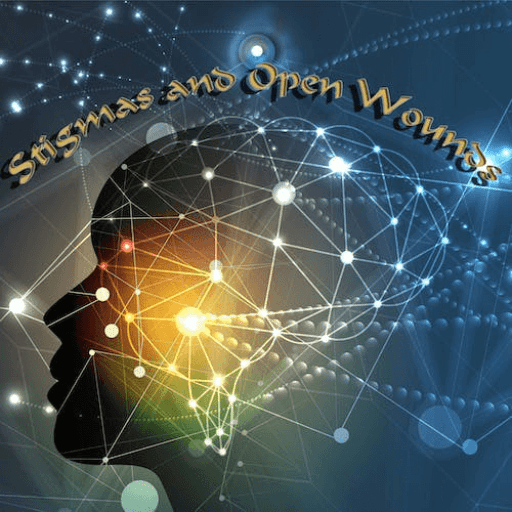Episode 26: Understanding Neurodivergence: Embracing Differences for a Better Society
Welcome back to the Stigmas and Open Wounds community! In today’s episode, we continue our deep dive into neurodivergence, discussing personal experiences and insights gained from two significant books on the subject. Join us as we explore how society can better embrace neurodiverse individuals and foster open dialogue.
What is Neurodivergence?
Neurodivergence refers to variations in the human brain concerning sociability, learning, attention, mood, and other mental functions. Instead of labeling individuals as “not normal,” neurodivergence encourages us to appreciate the unique strengths and challenges that come with these differences.
Key Points to Understand Neurodivergence:
- Different, Not Less: Neurodivergent individuals often possess unique skills and talents that are overlooked due to societal norms.
- Diverse Brain Wiring: Every brain has its own wiring, and there is no “perfect” prototype.
- Societal Perceptions: Many neurodivergent individuals are labeled as “abnormal” because they do not conform to traditional social values.
Insights from the Books
In our discussion, we referenced two powerful books that shed light on neurodivergence: Divergent Mind by Janara Nirenberg and Neurodiversity by Thomas Armstrong. Here’s a brief overview of what we learned from each book:
- Divergent Mindby Janara Nirenberg
- Focus on Women’s Experiences: Nirenberg highlights the struggles women face in receiving proper diagnoses for neurodivergent conditions, often being overlooked by medical professionals.
- Personal Narratives: The book is rich with personal stories but can come off as derogatory towards men, which may alienate some readers.
- Awareness and Advocacy: Despite its shortcomings, the book raises awareness about the challenges women face in the neurodivergent community.
- Neurodiversityby Thomas Armstrong
- Celebrating Strengths: Armstrong emphasizes the strengths that come with neurodivergence, such as creativity in individuals with bipolar disorder or the focused skills of those with autism.
- Positive Approach: The book encourages readers to highlight the positives in neurodivergent individuals rather than focusing solely on their challenges.
- Finding Your Habitat: Armstrong discusses the importance of finding environments where neurodivergent individuals can thrive, advocating for a society that accommodates various needs.
The Need for Societal Change
As we explored the insights from these books, a recurring theme emerged: the need for society to adapt and create inclusive environments for neurodivergent individuals. Here are some key takeaways:
- Value in Diversity: Society must recognize and utilize the unique strengths of neurodivergent individuals, rather than trying to mold them into a “normal” standard.
- Creating Inclusive Spaces: Workplaces and educational institutions should strive to create environments that celebrate diversity and provide support for neurodivergent individuals.
- Breaking Down Stereotypes: It’s crucial to challenge the stereotypes associated with neurodivergence and promote understanding and acceptance.
Encouraging Open Dialogue
To foster a more inclusive society, it’s essential to encourage open dialogue about neurodiversity. Here are some strategies to consider:
- Ask Questions: Encourage curiosity and understanding. People should feel free to ask questions without fear of offending.
- Share Experiences: Neurodivergent individuals should feel empowered to share their experiences, helping others understand their perspectives better.
- Normalize Differences: By discussing neurodivergence openly, we can reduce stigma and create a culture that celebrates differences.
Conclusion: Embracing Neurodivergence
Understanding neurodivergence is about recognizing the value of differences and working towards a more inclusive society. By embracing neurodiverse individuals, we enrich our communities and unlock the potential for innovation and creativity that comes from diverse perspectives.
As we continue this conversation, we encourage you to explore the books mentioned and reflect on how you can contribute to creating a more inclusive world for everyone, regardless of their neurological makeup.
